Description
Deep learning has revolutionized the field of data mining by introducing advanced methodologies for unsupervised feature learning and representation. In traditional data mining approaches, feature extraction typically relied on domain-specific knowledge and manual interventions, which limited the scalability and generalizability of models. However, deep learning offers automated feature extraction capabilities by leveraging hierarchical representations of data. These deep networks, composed of multiple layers, learn progressively abstract features directly from raw data, bypassing the need for explicit feature engineering. This is particularly beneficial in complex data environments such as images, audio, text, and other unstructured forms, where the intrinsic patterns can be difficult to capture using classical techniques. In unsupervised learning, deep learning models aim to uncover hidden structures in data without relying on labeled examples. Techniques such as autoencoders, restricted Boltzmann machines (RBMs), and generative adversarial networks (GANs) are pivotal in this context. These models seek to identify latent variables or compressed representations that effectively capture the essential properties of the input data. Autoencoders, for example, consist of an encoder that compresses the input into a lower-dimensional latent space and a decoder that reconstructs the input from this latent representation. By minimizing reconstruction error, the model ensures that the learned representation retains critical information. Similarly, GANs, which consist of a generator and a discriminator, are capable of generating new data points that closely resemble the original data distribution, effectively learning complex data distributions in an unsupervised manner. Unsupervised feature learning plays a crucial role in a wide array of applications. In clustering, it allows the discovery of natural groupings within the data without any prior knowledge about the class labels. In anomaly detection, unsupervised deep learning models can automatically learn what constitutes “normal” data and flag deviations from these learned patterns as anomalies. Furthermore, unsupervised feature representations are vital in transfer learning, where models pretrained on large, unlabeled datasets can be fine-tuned for specific tasks with minimal labeled data. This ability to leverage unlabeled data for downstream tasks has opened up new possibilities for handling big data, especially in domains where annotated datasets are scarce.
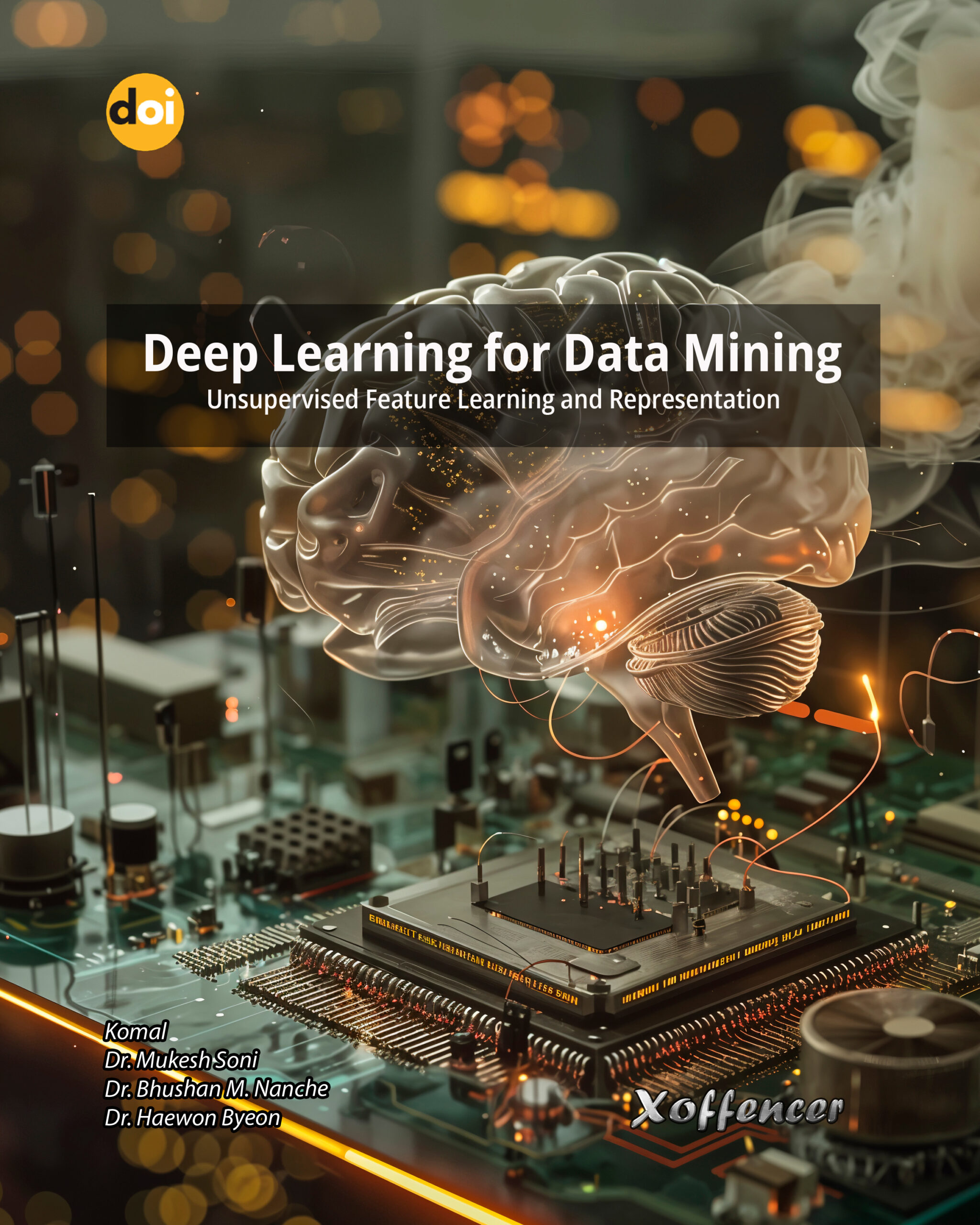

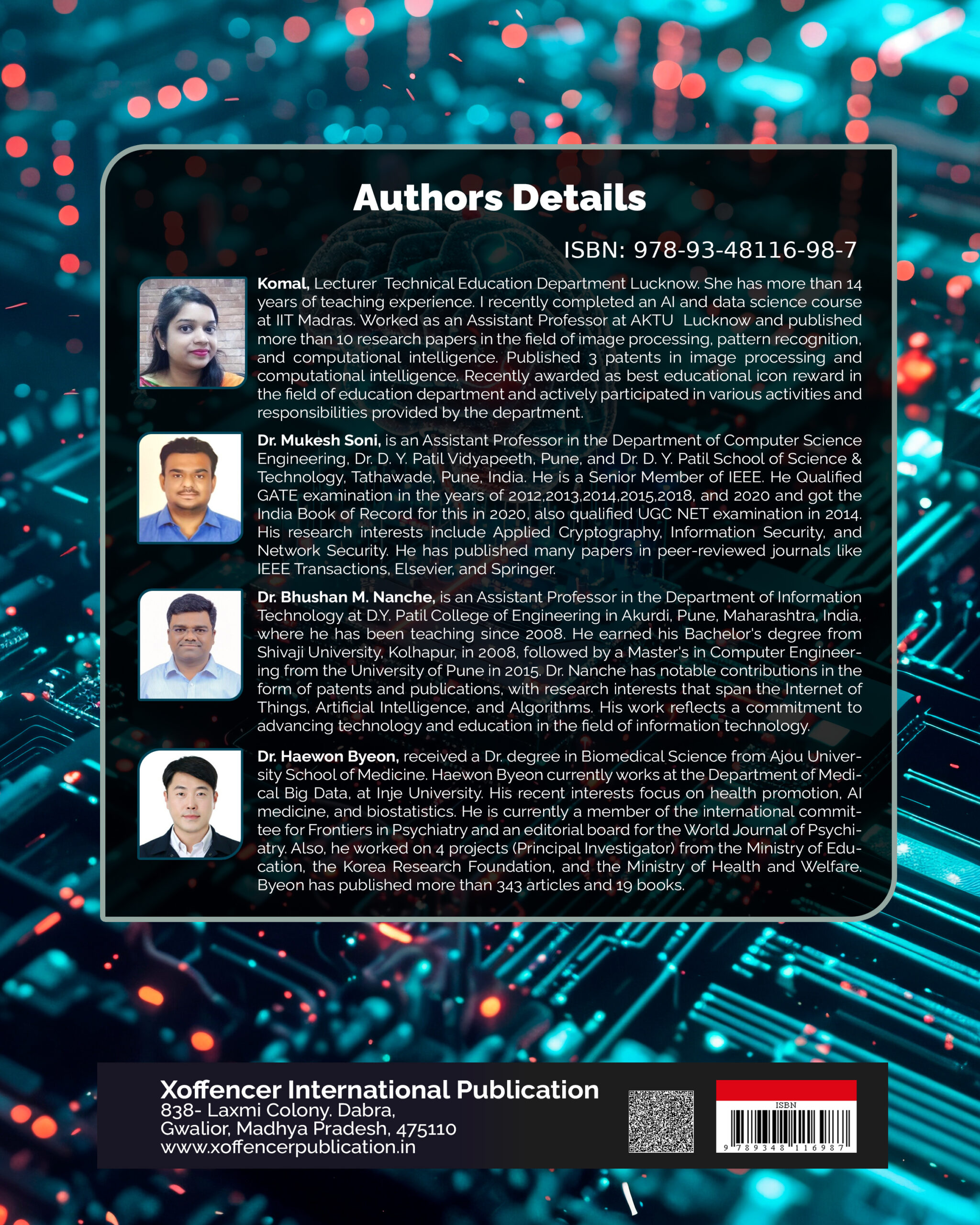
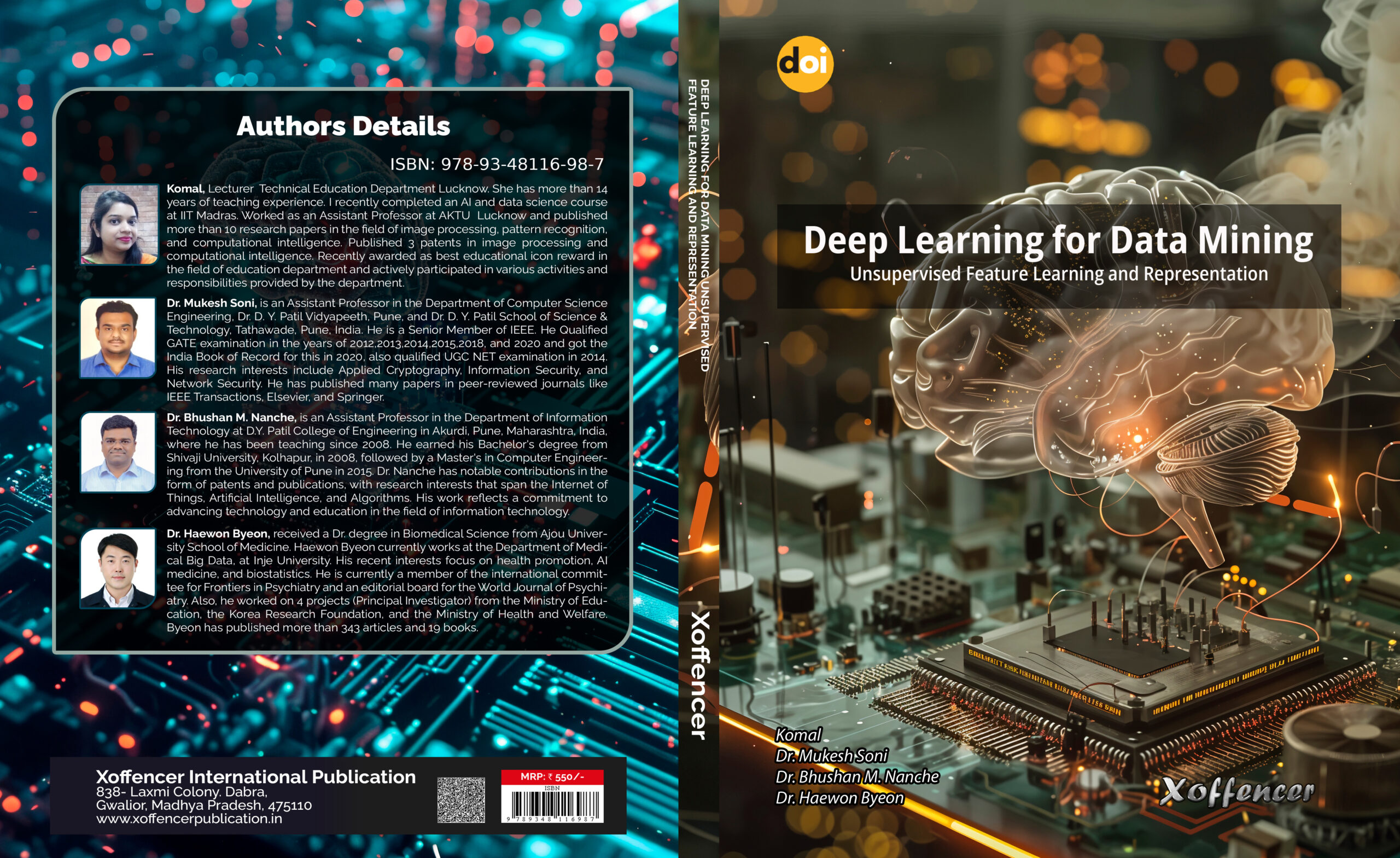





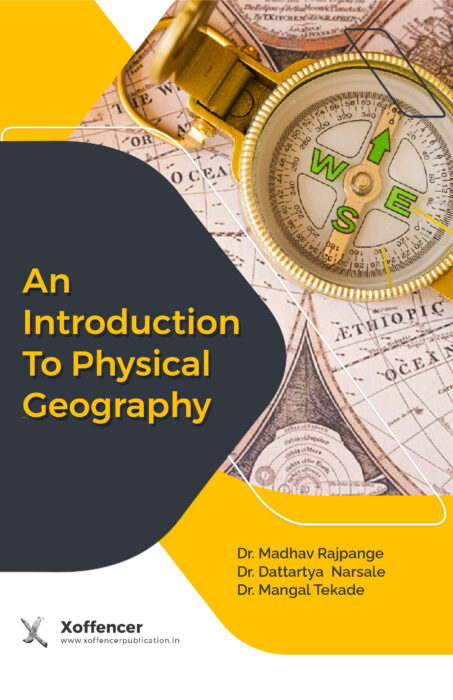
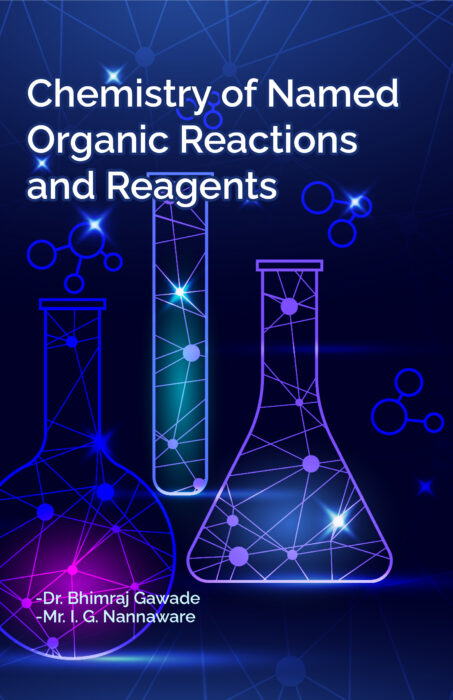

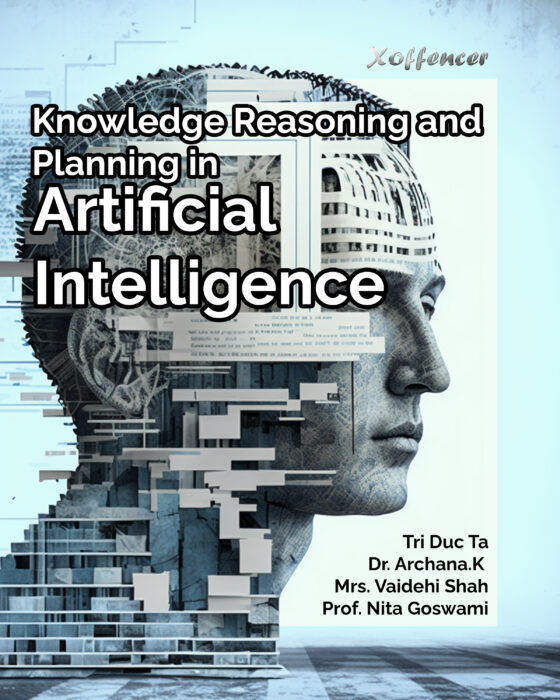
Reviews
There are no reviews yet.